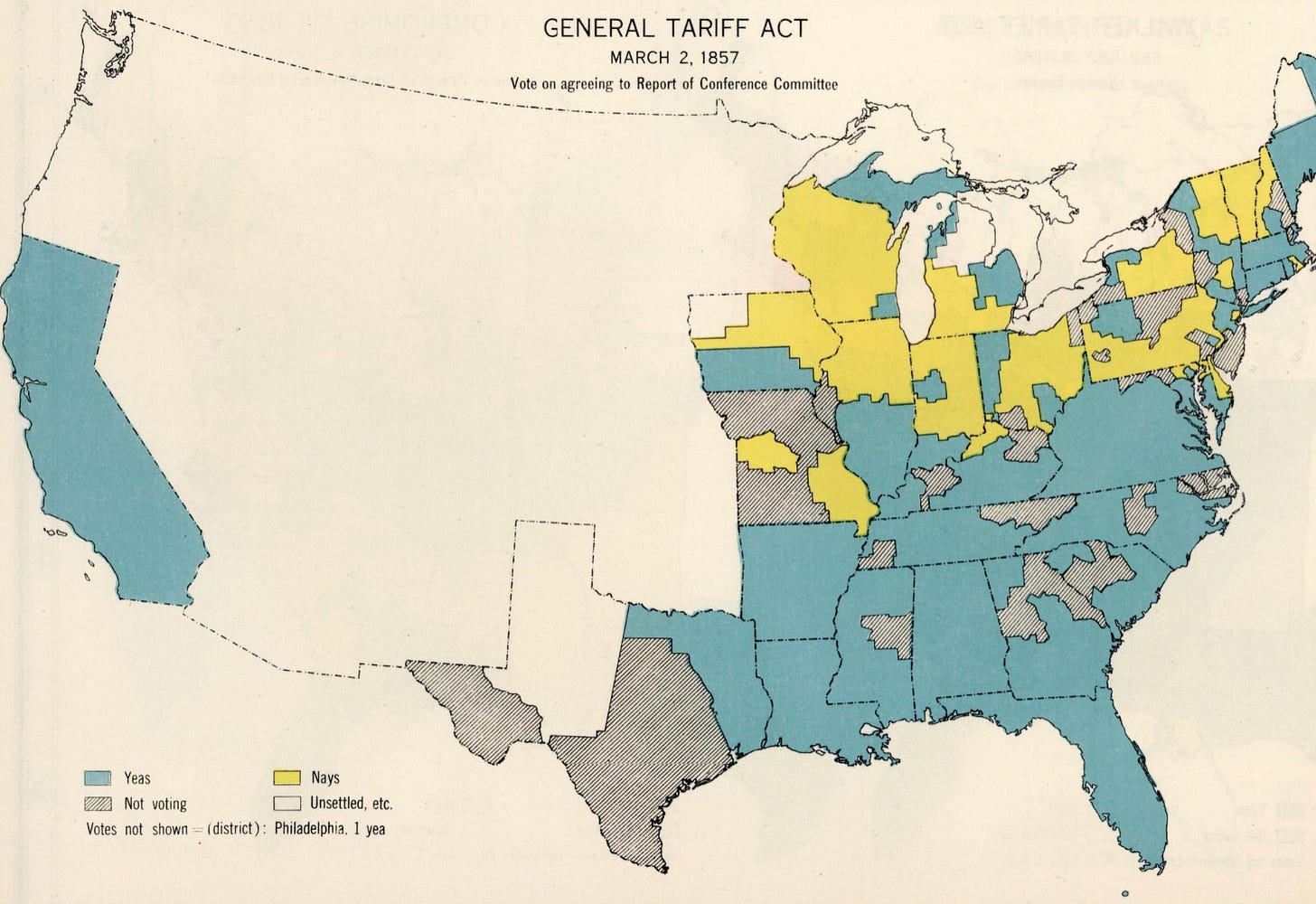Week signals: The major question
Plus: watch points for China, Guyana, Brazil, Thailand, and monetary policy.

Hello,
In this week’s edition of Week Signals:
IN REVIEW. The legality vs politics of tariffs, unintended consequences, and midterm game theory.
UP AHEAD. Xi’s parade, Guyana’s election, Bolsonaro’s verdict, Thailand’s parliament, and the US jobs report.
And don’t forget to connect with me on LinkedIn.
Week Signals is the Saturday note for clients of Geopolitical Strategy, also available to GD Professional subscribers on Geopolitical Dispatch.
The Week in Review: Branches in the trade road
The week began with worsening violence in Gaza and Ukraine. It ended with neither crisis closer to a resolution. In between, tensions rose at the Arctic and Caribbean ends of the North American periphery. And in Asia, leader-level summits took place, to culminate in the Shanghai Cooperation Organisation’s annual gathering tomorrow.
But the most consequential development came from Washington DC, when late yesterday the Federal Circuit Court of Appeals ruled, 7-4, that Donald Trump's "reciprocal" tariffs were illegal but could still stay in place until 14 October, giving the administration time to go to the Supreme Court.
The court ruled that the executive power to impose tariffs or taxes was not what Congress intended when it passed the International Emergency Economic Powers Act in 1977. As we wrote back in May, when the lower Court of International Trade blocked Trump's use of the IEEPA, the judgment was a defensible interpretation of prevailing separation-of-powers jurisprudence. Only Congress has such powers of the purse. And such powers are its essential purpose in the maintenance of US democracy.
But that was then. We also thought Scott Bessent and other adults in the administration would use the ruling as a chance to wind back what has always been bad policy in both process and intention. Yet this time, Bessent is warning of “embarrassment” should higher courts not agree with the president (embarrassment for him, surely). And this time, we also have evidence of an arguably more pliant Supreme Court bench, which in recent months has ruled, among other things, in favour of the president on so-called “universal injunctions”, following a similarly controversial executive immunity decision in July of last year.
Either way, Trump’s seeming dominance of all branches of government could mean bad news for those who oppose the tariffs, whichever way the Supreme Court goes.
If it rules in favour of Trump’s use of the IEEPA, this could further entrench sweeping presidential powers, where an “emergency” would be whatever the president decides one is (even in a “hot” economy). If it rules against, such tariffs will likely be rammed through Congress anyway, ahead of next year’s midterm elections (where gerrymandering could very well limit a customary decline in ruling party seats). And while laws can still be changed or overturned, such as the infamous Smoot–Hawley Tariff Act of 1930, they’re more robust than executive orders.
Ultimately, it all comes down to the “major questions doctrine”, which governs how explicit legislation and authority must be for laws to be valid. The scope of executive powers is unclear. Most administrations like to keep it that way, but seldom has an administration been so forceful in how it pushes the limits of its authority.
Just yesterday, we saw the White House block almost $5 billion in previously authorised federal funding for foreign aid in what is known as a “pocket rescission”, which Congress sees as illegal, but Trump’s advisers clearly disagree. And earlier this week, we saw Trump publish a termination letter to Federal Reserve Governor Lisa Cook, despite his apparent inability to do so (another case that’s set to go to the Supreme Court).
Using the logic of Trump’s mentor, Roy Cohn, this may sound legally shocking, but it’s clever politics. And being in the realm of politics, the only thing that can save trade – or anything else – will be political action, which increasingly seems distant irrespective of how markets may react.
The other unintended consequence of yesterday’s ruling could be the expanded use of Section 232 tariffs – now being considered for things as diverse as furniture and tin cans, in addition to steel bars and semiconductors – and Section 301 investigations. We may also see more traditional forms of state protection, through subsidies and special treatment (the purchase of 10% of Intel may be just the start).
Trump has put cutting the trade deficit at the centre of his presidency, and how he gets there will be of secondary concern, regardless of what the legal, diplomatic or economic costs might be. And if we can use the tools at his disposal – tariffs, brinkmanship, threats – to cudgel other blockages to policy – the courts, the Democrats, foreign governments – then all the better for a dealmaker-in-chief who appears to prize political drama over conventional governance.
But where is this all going to lead? Are we seeing simply a more aggressive type of US president, who nonetheless shares the same basic aims on politics and trade as his predecessors, or are we seeing the emergence of an American Peronist, happy to combine economic autarky with populist authoritarianism? Looking out to November 2026, how crazy is it going to get?


